I have a very simple setup that looks like the following:
It is simply an antenna connected in series to an amplifier. The output of this setup goes to a spectrum analyzer where I measure some power (in some bandwidth). I am trying to figure out the contribution of the amplifier itself to the total noise I measure, and I think I am working myself down a rabbit hole.
My attempt right now, looks as follows:
In it, I am modeling both the antenna and the amplifier by some (frequency dependent) impedance. I am interested in the total power across the amplifier (P\$_{amp}\$). This seems like a current divider in which case I have that the proportion of the total noise (P\$_{noise}\$) is given by:
\$\frac{P_{amp}}{P_{noise}}\$ = \$\frac{Z_{antenna}}{Z_{amp} + Z_{antenna}}\$.
Intuitively, at least, this makes sense in the limit of there being no antenna (large Z\$_{antenna}\$).
I then go one step further and say that the antenna is not a perfect radiator. It has some reflection loss \$\Gamma\$. Using this, the total power dropped across the amplifier is:
\$P_{amp}=\frac{Z_{antenna}}{Z_{amp} + Z_{antenna}}P_{noise} + \left(1 - \frac{Z_{antenna}}{Z_{amp} + Z_{antenna}}\right)\Gamma P_{noise}\$
Simplifying
\$P_{amp} = \left(\frac{Z_{antenna} + \Gamma Z_{amp}}{Z_{amp} + Z_{antenna}}\right)P_{noise}\$
From this, I have a few questions:
Is my equivalent circuit bogus? I have in my head that the antenna should be in parallel with the amplifier, but this well may be wrong.
Given the equivalent circuit, have I forgotten to account for something in the succeeding analysis?
Are there any resources that you could refer me to (or maybe some keywords) to investigate further (e.g. for drawing the equivalent circuit or understanding amplifier noise in a system like this)? I know this is pretty basic, but I've been unsuccessful finding much.
Thanks.

